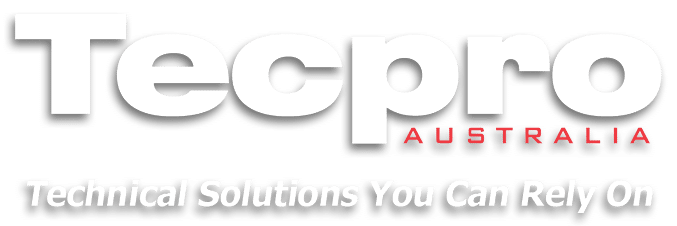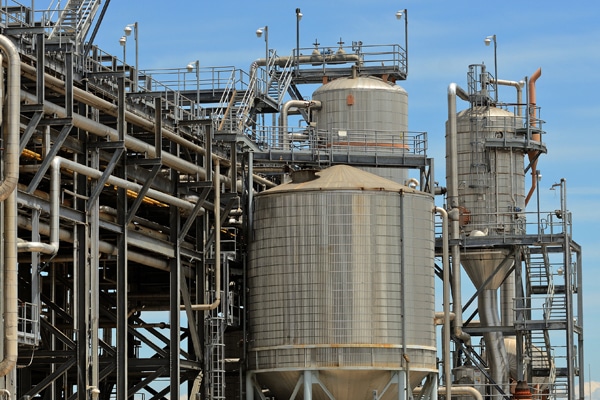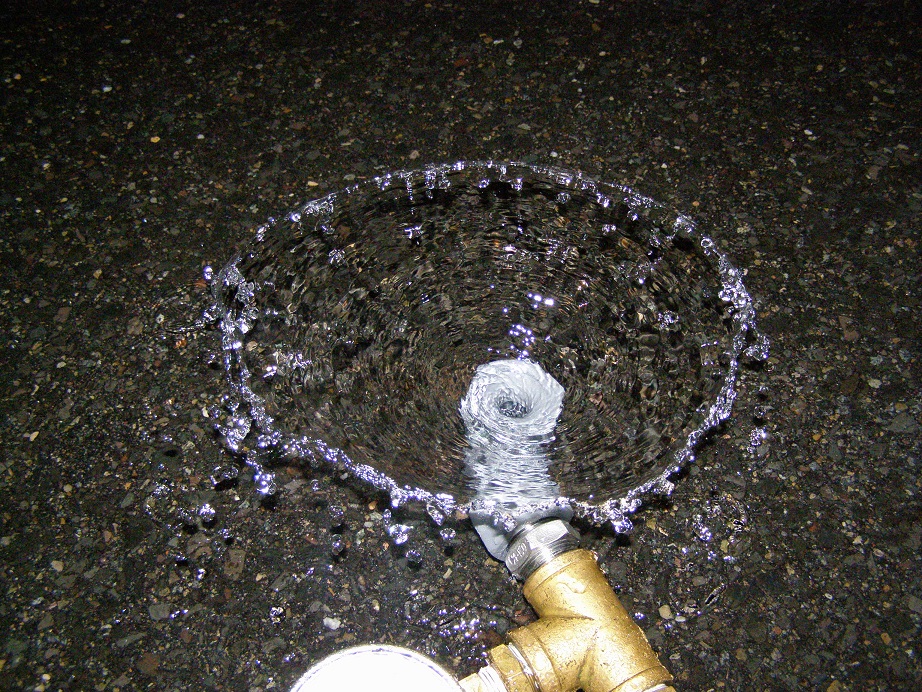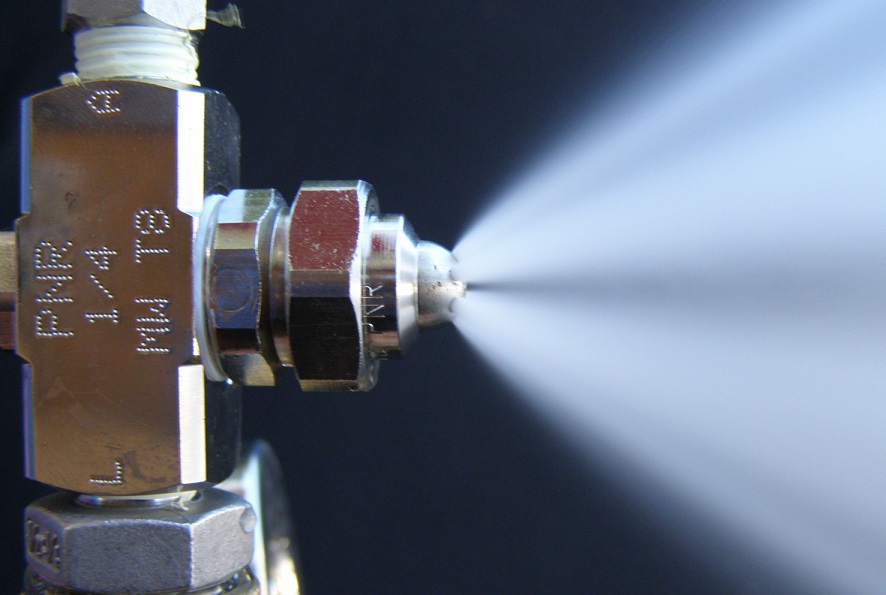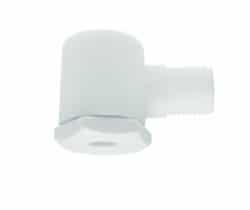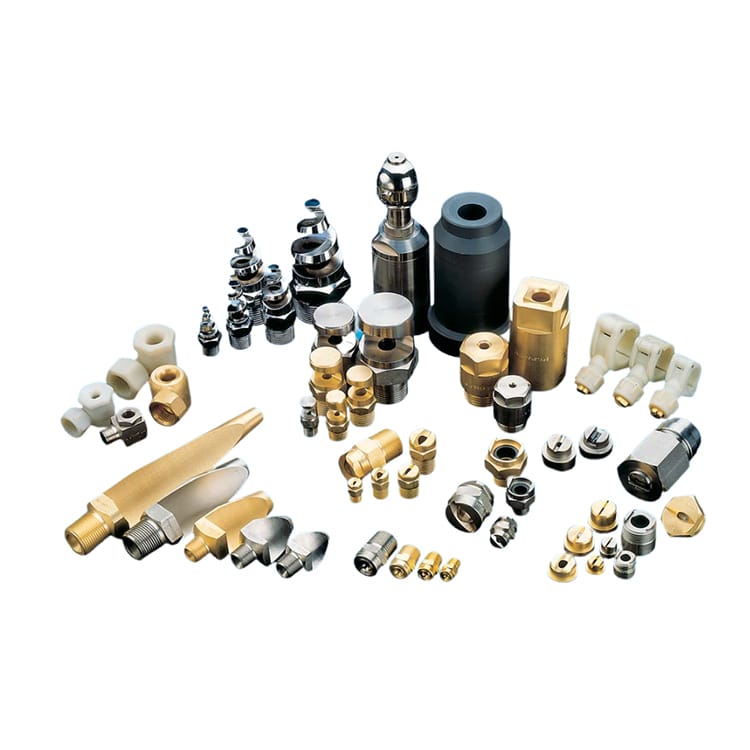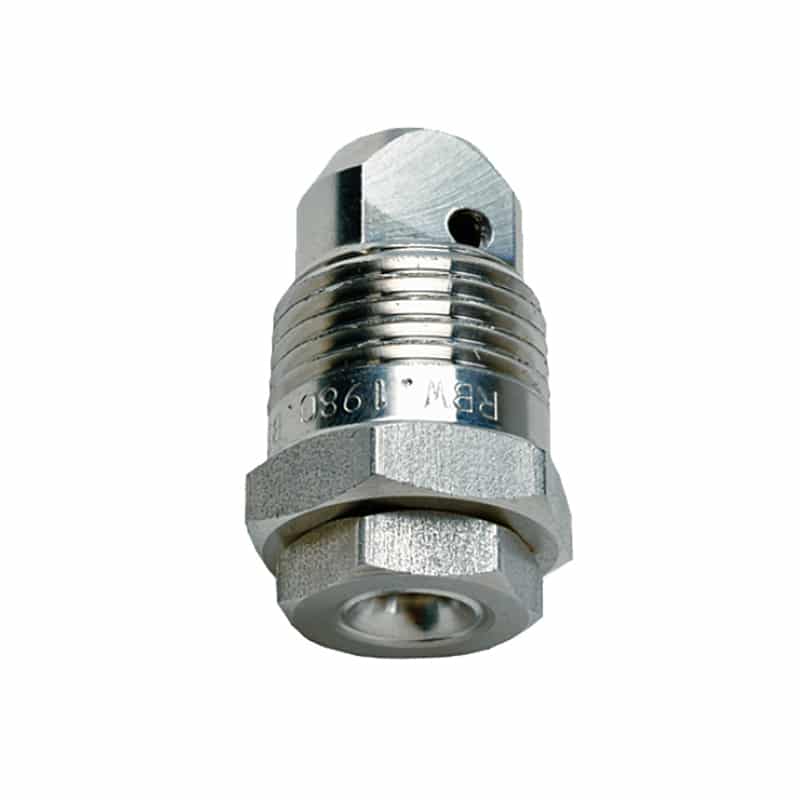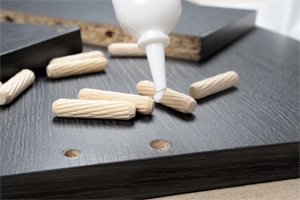Gas scrubbing
Gas Scrubbing – Many industrial processes produce exhaust gases that contain pollutants, particulates or toxic and corrosive contaminants. Wet gas scrubber systems are air pollution and emission control devices, designed to bring the gas flow into contact with a fluid to wash the gas, neutralise and remove the pollutants from the gas stream. The spray solution may simply be water for dust particles and gas cooling, or it may contain reagents to specifically target and neutralise certain compounds.
In spray dry scrubbing applications, dry reagent or atomised slurry is sprayed into the gas stream to evaporate the liquid, leaving a solid reagent compound that can easily be removed and disposed of.
In wet gas scrubbers, spray nozzles are used to atomise the fluid, distributing it evenly through the scrubber and increasing the surface area of the liquid to achieve maximum interaction with the gas stream. Wet gas scrubbers provide a versatile and cost-effective air pollution control system that can eliminate more than 99% of particulate matter.
Direct Spray Scrubbers
Direct spray scrubbers or venturi scrubbers spray the liquid into the gas stream, using the direct contact between the droplets and the gas for reaction. These systems rely on spray nozzles which generate high volumes of fine droplets for maximum surface area and therefore maximum reaction efficiency. However, droplet size and volume must be optimised to suit the scrubber and help to avoid liquid carry-over out of the scrubber which may cause operational problems downstream of the scrubber.
Packed Bed Scrubbers
Packed bed scrubbers incorporate a porous bed of media or packing which the liquid reagent flows over and the gas passes up through, increasing the surface area and extending the contact or dwell time of the liquid in the gas stream. Scrubber spray nozzles with a wide and even spray distribution are used to distribute the liquid evenly across the packing surface.
The scrubber spray nozzles must be corrosion resistant so are often made from silicon carbide, Hastelloy or other exotic materials. They usually have a wide spray angle to give a large distribution area for the spray within the scrubber chamber.
Flue Gas Desulphurisation
Flue Gas Desulphurisation to control SO2 (sulphur dioxide) emissions – Gas Scrubbing systems are often used for acid gases such as those generated in coal power plants or waste incineration which contain sulphur oxides (SOx). These are neutralised by spraying a slurry of alkaline sorbent such as lime slurry into the hot flue gas.
Selective Catalytic Reduction (SCR or SNCR) NOx removal
Many industrial processes including exhaust gases from diesel engines result in the formation of nitrous oxides (NOx) which are very harmful to the atmosphere.
Selective Catalytic Reduction SCR and Selective non-catalytic reduction (SNCR) is the process of injecting a catalyst such as ammonia or urea into a chamber through which nitrogen oxide (NOx) flue or exhaust gases pass, causing a reduction reaction resulting in nitrogen (N2) and water (H2O) or carbon dioxide (CO2) in the case of urea. Typically, these systems use two-fluid or hydraulic atomising nozzles on injection lances for even distribution into the process stream.
Related products –
E – Spiral Nozzles, ES – Silicon Carbide Spiral Nozzles
AL – Free passage full cone
CA – Hydraulic atomisers
MW – Air atomising nozzles
NFC & NEB – Air atomising nozzles
Spillback Lances
